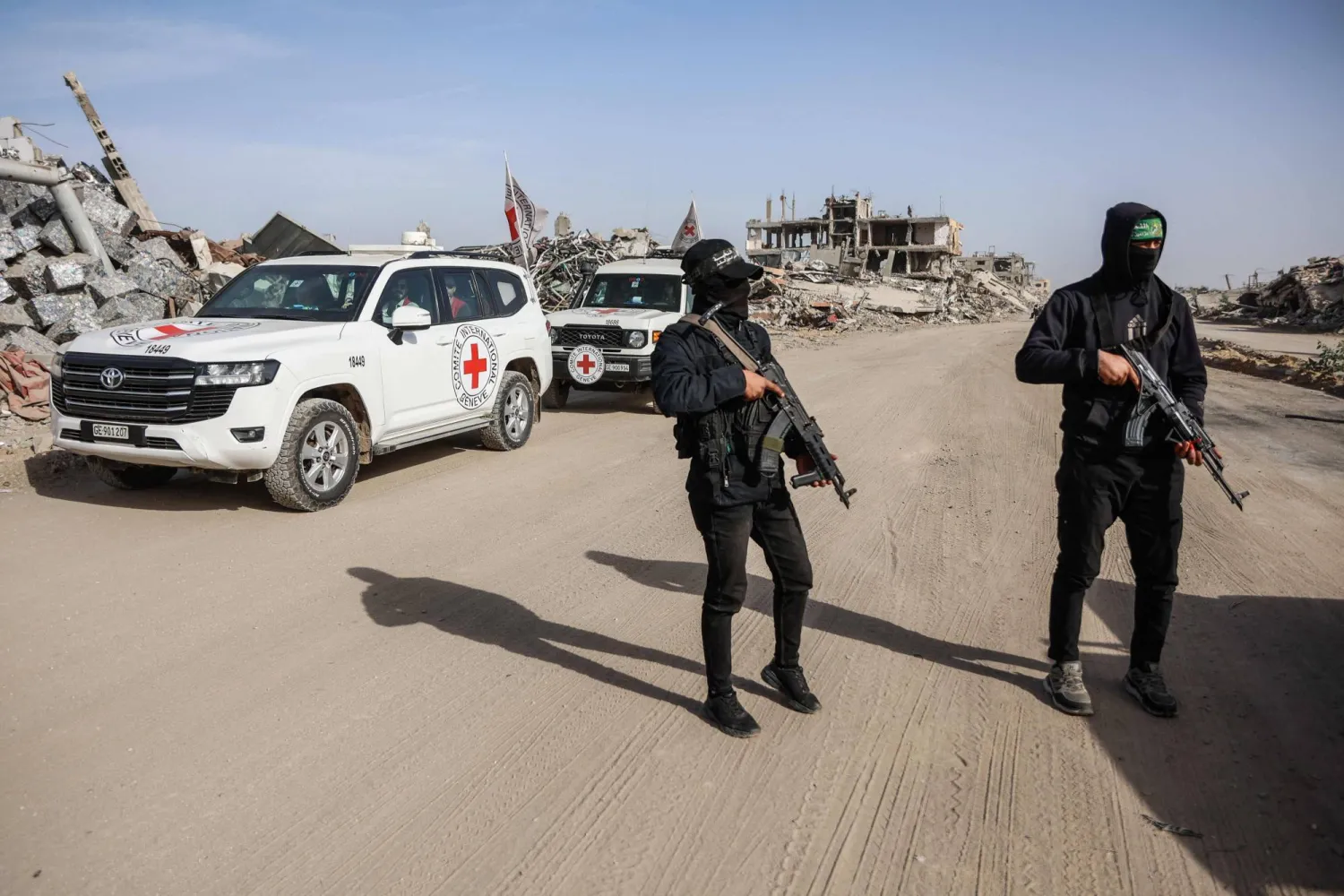Egypt’s Ministry of Irrigation said its plans contribute to achieving a qualitative leap in the management of the quantity and quality of water resources as Ethiopia is expected to start the third phase of filling the Renaissance Dam’s reservoir during the upcoming rainy season.
Minister of Irrigation Mohamed Abdel Aty said the National Center for Water Research’s plan aims to support the Ministry’s plans and strategic objectives, which would “contribute to achieving a qualitative leap in the methods of managing water resources.”
He pointed out that the Center is distinguished in the Arab region and Africa in the field of studies of water and water installations.
The studies include rainwater harvesting, protection from torrential dangers, dam maintenance, and a project to reduce groundwater levels, canals and drains, a ministry statement explained.
The Center conducts many research experiments in the field of measuring plant water consumption, compared to productivity, the statement added.
It has organized two training courses for 43 trainees from Nile Basin countries and African countries in environmental hydrology in arid and semi-arid areas, and integrated water resources management.
The Grand Ethiopian Renaissance Dam (GERD) is set to be the largest hydroelectric dam in Africa but has been a center of dispute with downstream nations Egypt and Sudan ever since work first began in 2011.
Cairo has reiterated its demand that Egypt, Ethiopia, and Sudan reach a legally-binding agreement to fill and operate the dam.
The last round of talks between the three countries in Kinshasa ended in early April 2021 with no progress made.
In mid-September, the UN Security Council called on the three countries to resume African Union-led negotiations, stressing the need to reach a “binding agreement on the filling and operation of the dam within a reasonable timetable.
Ethiopian officials have recently stated that the third filling will take place in August and September.









